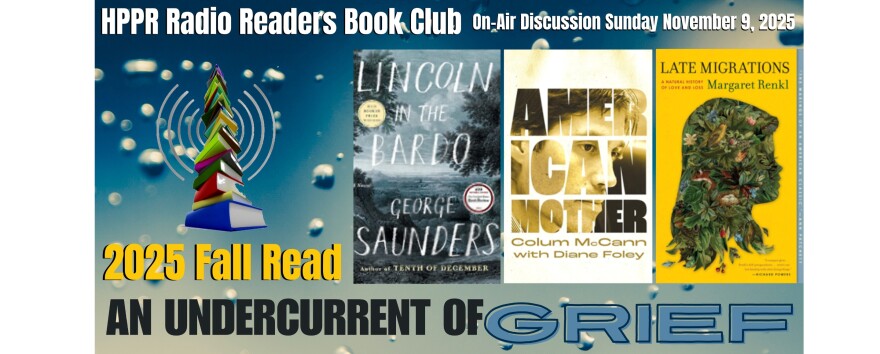This is Mike Strong, in Hays, for HPPR.
The book is “The Cellist of Sarajevo” by Stephen Galloway.
The first person we meet, the cellist of the book title is the only person never named in the only chapter not listed in the table of contents, the starting chapter, titled simply “the cellist.”
Galloway’s starting chapter is to set the mood, the background music, if you will, which will play in our heads for the rest of the book. The intimate, rich tones of the cello solo soar above the death and destruction even as we remain grounded in existential questions.
The starting chapter begins with the portent of an explosive round about to explode in the middle of Sarajevo – a chorus of warning repeated throughout that unlisted first chapter,
“It screamed downward, splitting air and sky without effort. ... There was a moment before impact that was the last instant of things as they were. Then the visible world exploded”
At 4 o’clock in the afternoon 22 People are killed, in line, waiting to buy bread.
At 4 o’clock in the afternoon, exactly 24 hours later, the cellist picks up his bow, carries his cello and stool to the street. There the cellist becomes “an instrument of deliverance.”
Galloway based his idea on a real cellist in Sarajevo, Vedran Smailović, but Galloway’s “cellist” is not Smailović.
The other characters have names, three of whom we follow directly, as reappearing chapters, Arrow, Kenan and Dragan. They are all under fire from artillery and from snipers. Neither life nor death are certain.
Each character asks who they are, who they think they are, and who they wish to be as they wonder how others make decisions which put their lives in danger, for something so simple as crossing a street.
Dragan, pondering the open street that he needs to cross to reach the bakery “knows the sniper will fire again, but he isn’t afraid. At this moment fear doesn’t exist. There’s no such thing as bravery. There are no heroes, no villains, no cowards. There’s what he can do, and what he can’t. There’s right and wrong and nothing else. The world is binary. Shading will come later.”
“Arrow,” the first character we meet is a female sniper, named, by the author, after a real female sniper who may or may not have survived. In the novel, “Arrow” is the name she chooses for herself, her sniper identity. She is defending her city, a counter-sniper, opposing, and hunting the snipers and soldiers killing civilians. Arrow is also assigned to protect the cellist.
And Arrow is known to the enemy. At one point we follow Arrow’s moves carefully, from a high point in a building, as she hunts her targets, only to find, as soon as she fires, that she has been set up. A trap. Arrow is being hunted. She needs to make a fast exit, down inside the building, to the bottom.
When she is first recruited, she has experience only with paper targets, not people. Arrow tells the officer that when it ends, “I want to be able to go back to the life I had before. I want my hands to be clean.”
The officer tells her, “I don’t think any of us will be going back to the life we had before, however this ends.”
As the book progresses, she becomes increasingly conflicted as her superiors demand she shoot targets she doesn’t want to shoot. In the end, Arrow decides to reclaim her identity.
This is Mike Strong, in Hays, for HPPR Radio Readers Book Club.
Reference:
This video of a Ukrainian sniper in the Russia/Ukraine war (posted 10 Dec 2022), clearly point of view from the sniper, from a cellphone in a pocket or at least attached to the sniper’s front, could be a direct stand in for Arrow’s story when she takes a shot, only to get counter fire immediately. Here the Ukrainian sniper gets incoming fire at about 28 seconds, but is able to reposition himself and fire again at about 1:35, then scoots at 2:08. There are also other soldiers in the building, seen mostly in shadow and silhouette. Here:
POV: First-person view of Ukrainian sharpshooter at work in Bakhmut area pic.twitter.com/ivILoW1j3V
— ТРУХА⚡️English (@TpyxaNews) December 10, 2022










